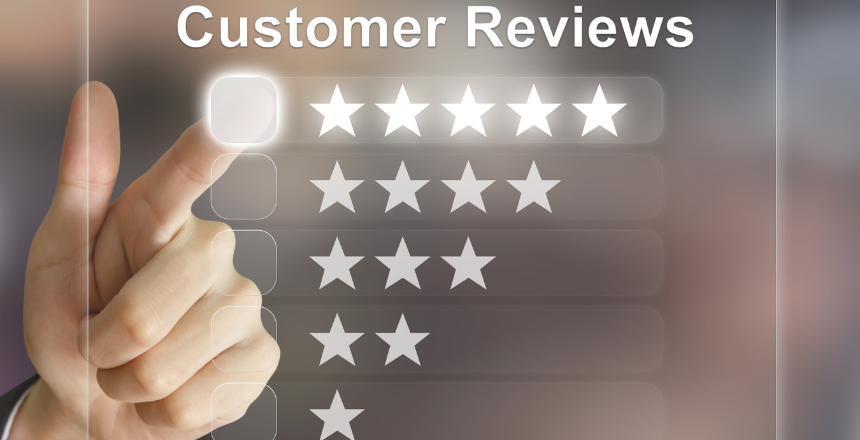1. Spotting Fake Reviews
Fake reviews are more prevalent than you might think and are crafted to mislead. Here’s what to look out for:
- Overly generic language: If a review sounds like it could apply to any product, it may be fake. Instead, seek out specific details.
- Extreme opinions: Reviews that are excessively positive or absurdly negative often raise suspicion. No product is flawless—or entirely useless.
- Repetition: If multiple reviews feature similar wording or phrases, they might be written by bots or paid reviewers.
Use tools like Fakespot or ReviewMeta to analyse reviews and filter out suspicious ones.
2. Look For Detailed Descriptions
The most helpful reviews come from people who have genuinely used the product and want to share their experience. Look for reviews that address questions such as:
- How does the product perform in real-life situations?
- Are there any quirks or potential issues to be aware of?
- Does it match the description or images provided?
The more detailed the review, the more likely it is to be trustworthy.
3. Recognise Bias In Consumer Reviews
Not all biased reviews are fake—sometimes people are simply too emotional or focused on a minor issue. To identify bias, consider:
- What’s the reviewer’s tone? Emotional or overly enthusiastic tones might affect their objectivity.
- Does the review focus on relevant aspects? For example, if someone is ranting about delivery delays when reviewing a smartphone, take it with a pinch of salt.
Balance extreme opinions with neutral, measured reviews for a more accurate perspective.

4. Observe Overall Trends
Don’t rely solely on a few reviews. Examine the bigger picture:
- Rating distribution: Are most ratings 4–5 stars, or is there a mix? A balanced mix often indicates authenticity.
- Common themes: Are multiple reviewers mentioning the same strengths and weaknesses? These are likely credible insights.
- Recent reviews: Products and trends evolve. Focus on the most recent reviews to get an up-to-date perspective.
5. Use Reviews As Part Of Your Research
Remember, reviews are just one aspect of your research. Combine them with other sources:
- Compare product specifications and features directly from the manufacturer’s website.
- Watch video reviews on YouTube for hands-on demonstrations.
- Seek out professional reviews or in-depth guides analysing the product’s performance.
Using reviews wisely means taking them into account without letting them solely dictate your decision.
Make Informed Choices With Online Reviews
Consumer reviews, especially on platforms like Amazon, can be an invaluable resource—if you know how to evaluate them critically. By spotting fake reviews, identifying bias, and focusing on overall trends, you can turn online feedback into a powerful tool for smarter shopping. So, the next time you’re reading reviews, remember: a healthy dose of scepticism goes a long way. Trust your judgement and shop with confidence!
Decode Reviews, Shop Like A Pro!
Want to make your next purchase with confidence? Bookmark this guide and refer to it whenever you need to decipher reviews—and ensure every penny is well spent!
This article, originally authored by Len van Uuden was first published in TrustDeals.co.uk on April 8, DOI: https://www.trustdeals.co.uk/articles/the-importance-of-consumer-reviews. It is reprinted here with permission from the publisher and the author(s). Any modifications made to the article since its original publication are noted in the text.




